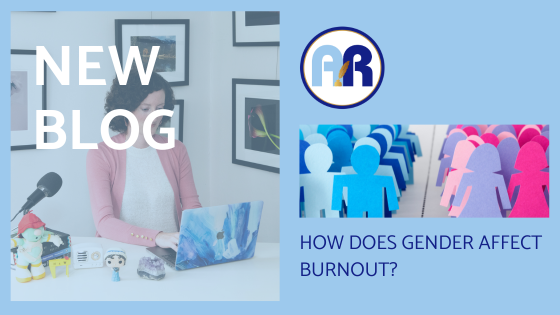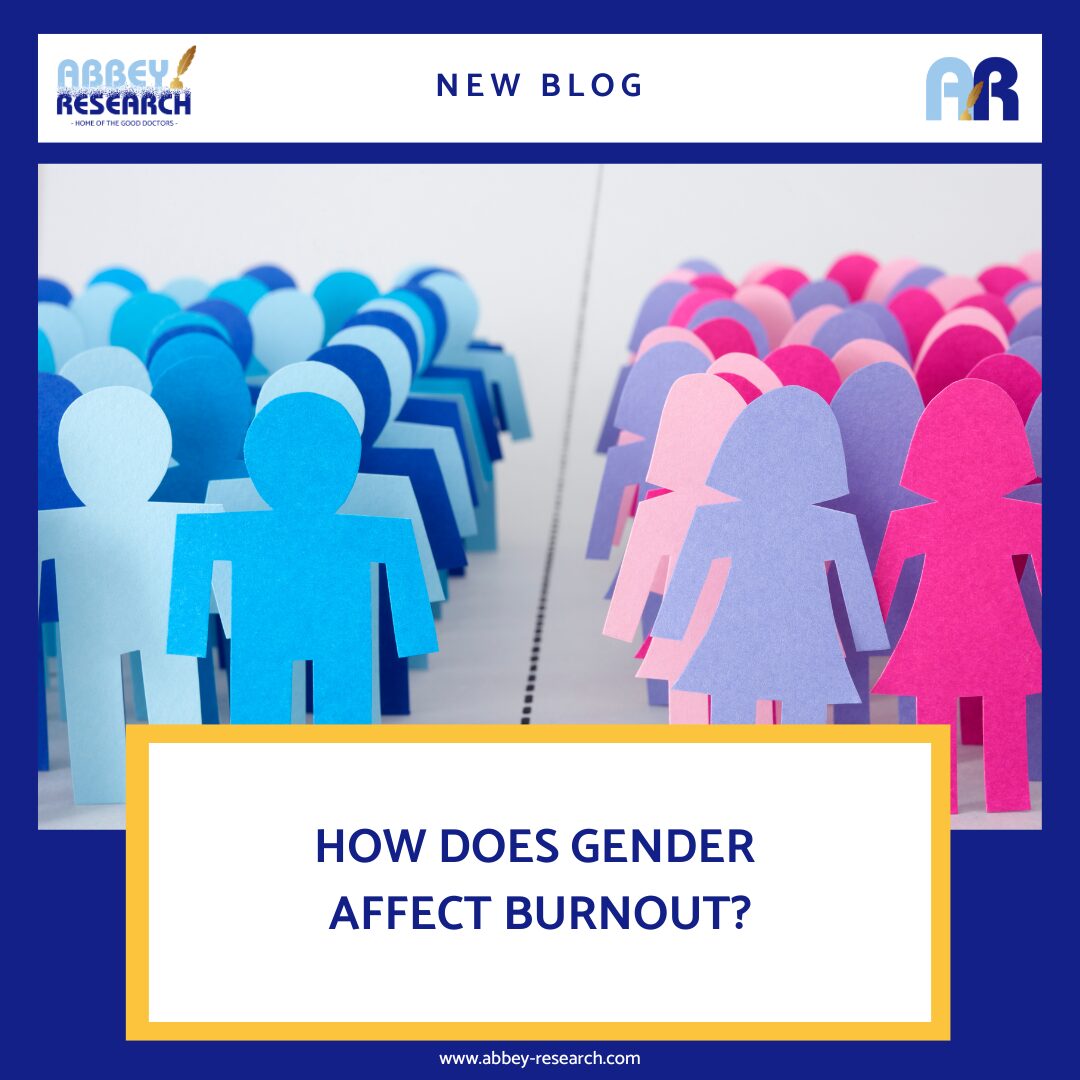
Gender plays a huge role in how guys, gals, and non binary pals experience burnout. We did a lot of research on this particular topic for our book. What we found was that gender affects burnout in three key ways: symptoms of burnout, causes of burnout, and effects of burnout. This also means that men and women typically need very different solutions to their burnout as well.
*Brief note here: We have almost zero data on burnout for non binary and gender diverse folks. It’s a huge hole in the research. We recognize and honor the existence of gender fluidity and diversity, but our society still largely operates on a gender binary (men ← → women), and so that’s what we’ll be talking about today.
1. Symptoms of burnout
We have learned that men and women experience different symptoms of burnout. Women and men tend to have emotional reactions to burnout, but they often end up on different ends of the spectrum. Women tend to experience emotional exhaustion and overwhelm. In contrast, men tend to experience emotional disconnection (especially from personal relationships).
2. Causes of burnout
Traditional gender roles play a huge role in how gender affects burnout. Though gender equality has come a long way, we still operate on rather limiting ideas about how and when women and men are supposed to work. American culture largely believes that women are more naturally inclined to perform unpaid work (caregiving, childcare, cooking, cleaning, etc.). American culture largely believes that men more naturally belong in paid work environments. Because of these beliefs, men and women develop stronger coping mechanisms for their more “natural” environment.
All this means that women are more likely to burn out from paid work, because they are expected to perform unpaid work (childcare, housework). Men are more likely to burn out from unpaid work, because they are expected to perform paid work.
3. Effects of burnout
Burnout affects a lot of aspects of our lives. One of the biggest distinctions between how men and women experience it is through their relationships. For men, their relationships at home (partner and kids) suffer the most. For women, their relationships at work suffer, with women often leaving paid work altogether.
So what can we do about gender and burnout? What do solutions look like?
Burnout recovery needs to include finding balance between any gender imbalances at work and at home. With different symptoms and causes, there will need to be different solutions to burnout.
If you’d like to learn more about our solutions to individual (and cultural) burnout culture, check out our book HERE.
Get a copy of our book HERE.
Sign up for our newsletter HERE.
Learn more about how we can help your organization HERE.



